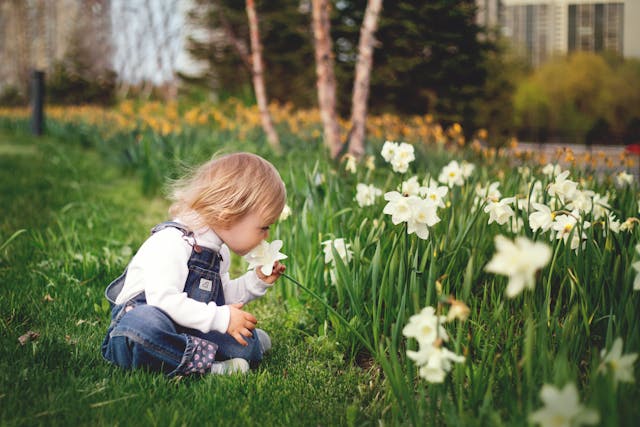Children who grow up in environments rich with natural spaces such as forests, parks, and backyards may experience fewer emotional issues during their early years, according to a groundbreaking study funded by the NIH Environmental Influences on Child Health Outcomes (ECHO) program. Published in JAMA Network Open, the research fills a critical gap in understanding the impact of nature on young children’s mental health, providing a wealth of new insights for parents, educators, policymakers, and researchers.
The study, led by meticulous researchers from the Frank Porter Graham Child Development Institute at the University of North Carolina, Chapel Hill, analysed data from over 2,100 children aged 2 to 11 across 199 counties in 41 U.S. states. They combined parental reports on children’s behaviour with satellite-derived data on vegetation density around their homes, ensuring a comprehensive and reliable analysis.
Findings indicated that higher levels of green space within three-fourths of a mile from a child’s residence were associated with reduced anxiety and depression symptoms between the ages of 2 and 5. This association remained significant even after accounting for the child’s sex, parental education, and neighbourhood socioeconomic status. However, no significant correlation was found between green space and mental health symptoms in later childhood (ages 6 to 11), when children typically spend more time at school.
Dr. Nissa Towe-Goodman, an ECHO researcher involved in the study, emphasised the importance of early childhood exposure to natural environments, affirming that such experiences can positively impact children’s emotional well-being. She highlighted the nationwide scope of the study, contrasting it with previous research that often focused on limited geographic areas or adult populations.
Using the Normalised Difference Vegetation Index (NDVI) to quantify vegetation density, the study found that areas with higher NDVI values (indicative of dense vegetation like forests) were particularly beneficial. This metric allowed researchers to objectively measure the presence of natural environments around children’s homes and assess its impact on their mental health outcomes.
Looking forward, Dr. Towe-Goodman suggested further exploration into specific nature experiences that benefit children’s mental health. She also proposed studying how creating and preserving natural areas around homes and schools could enhance emotional well-being in early childhood, underscoring the potential public health implications of integrating green spaces into urban planning and educational environments.
The study underscores the positive influence of early exposure to green spaces on reducing anxiety and depression symptoms in young children. It highlights the potential for policies and initiatives that promote access to natural environments during crucial developmental stages. This promising outlook could pave the way for a brighter future for children’s mental health.
More information: Nissa Towe-Goodman et al, Green Space and Internalizing or Externalizing Symptoms Among Children, JAMA Network Open. DOI: 10.1001/jamanetworkopen.2024.5742
Journal information: JAMA Network Open Provided by Environmental influences on Child Health Outcomes








